California Governor Gavin Newsom frequently declares states of emergency as wildfires continue to devastate the state. In his most recent proclamation, Newsom declared a state of emergency in San Bernardino County to combat the fast-moving Line Fire, which burned over 7,000 acres and forced evacuations. These declarations unlock federal aid, but they also raise questions about who is footing the bill. The answer, in large part, lies with taxpayers across the country, not just in California.
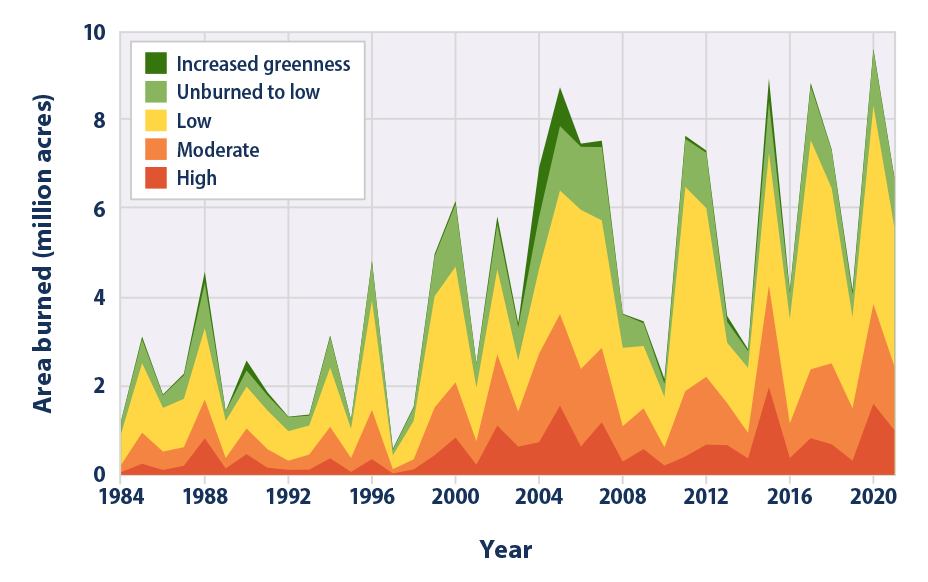
As wildfires become more frequent and severe due to climate change, California has increasingly relied on federal resources to manage these crises. Climate change has lengthened fire seasons in North America by about two months and significantly increased both the size and frequency of wildfires. In states like California, this trend has put immense pressure on the state’s resources, prompting Newsom to request federal assistance whenever a fire spirals out of control.
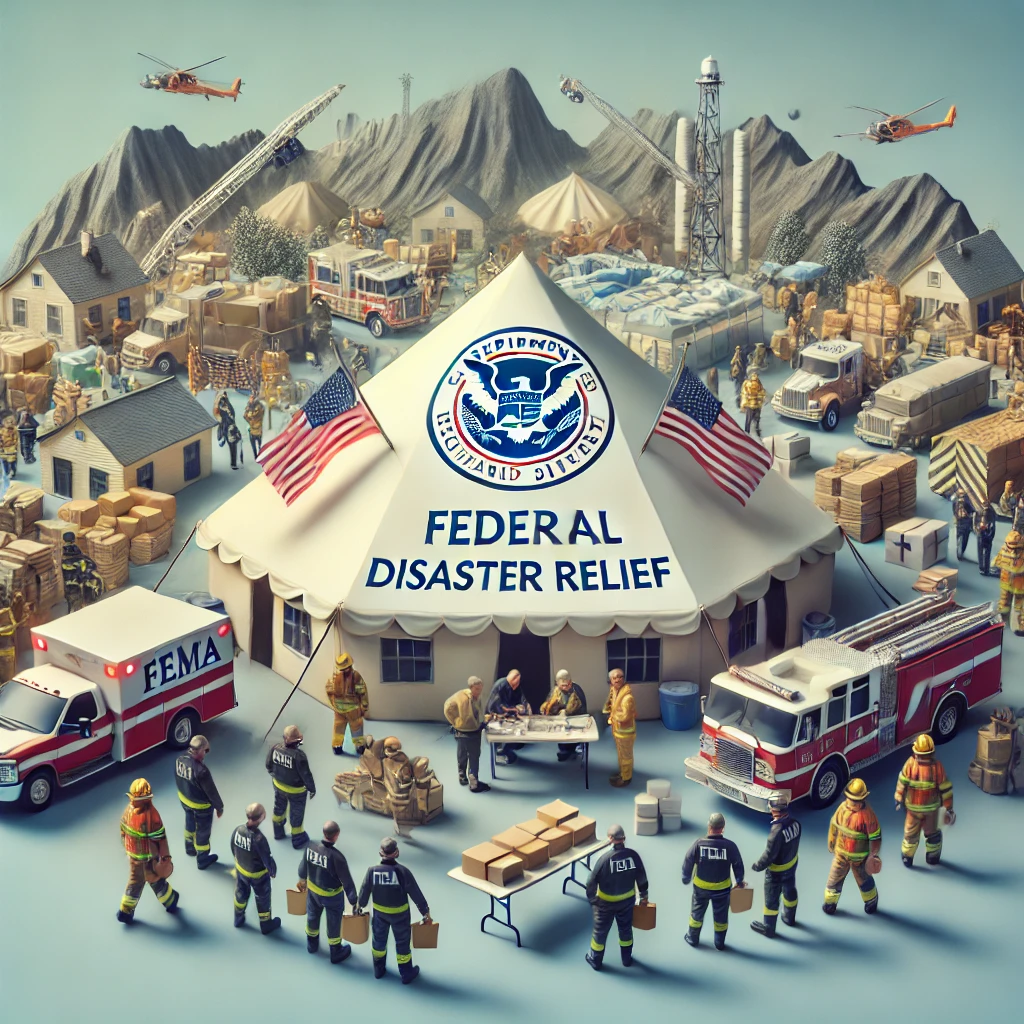
When Newsom declares a state of emergency, it triggers federal disaster relief through programs like the Fire Management Assistance Grant (FMAG), administered by FEMA. This grant covers 75% of eligible fire suppression costs, with the remaining 25% covered by the state. While this financial assistance is critical, it also means that taxpayers from states like Texas, Florida, and Ohio are helping to fund California’s wildfire recovery efforts.
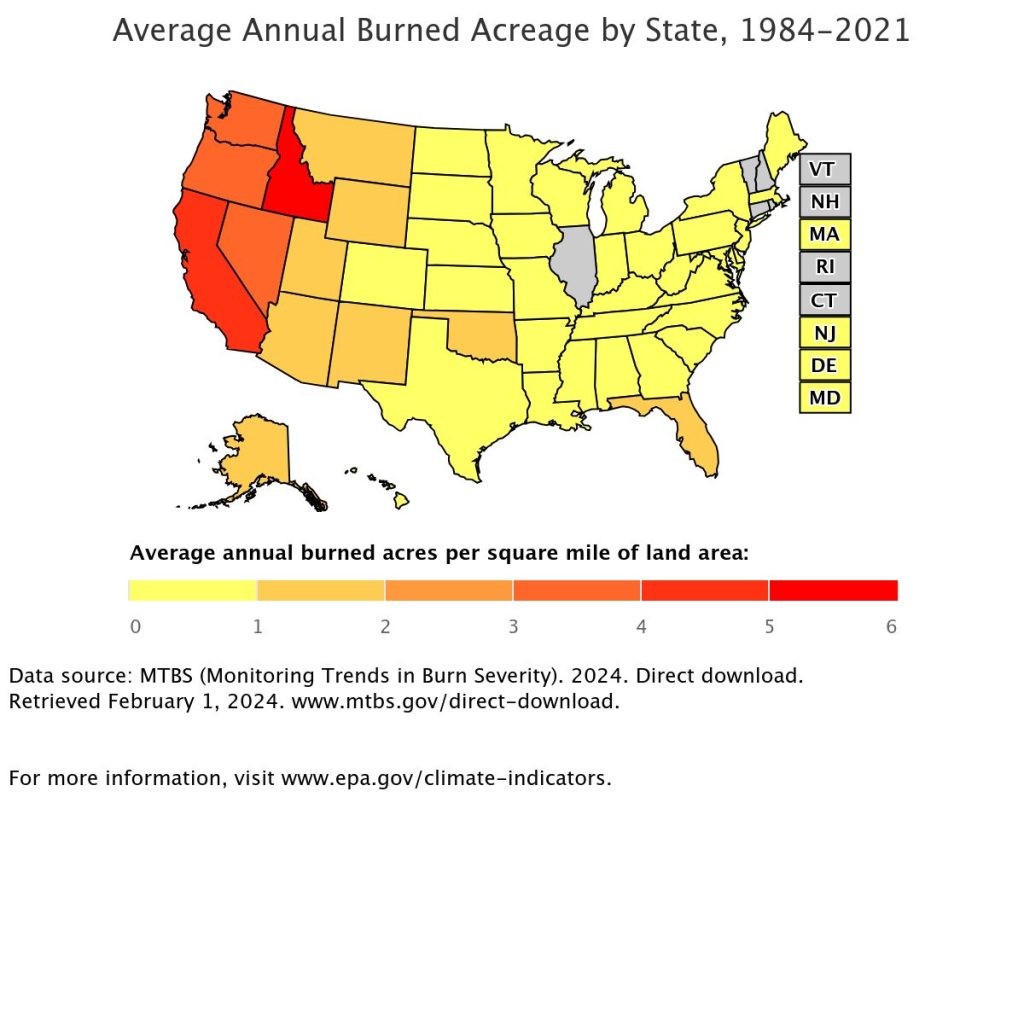
The scope of federal disaster relief has expanded dramatically as climate change fuels larger and more destructive fires. Since the 1970s, the area burned by wildfires has increased by 172%. This uptick in fire activity has forced California to rely more heavily on federal grants, which are funded by the President’s Disaster Relief Fund—a national pool financed by taxpayers across the country.
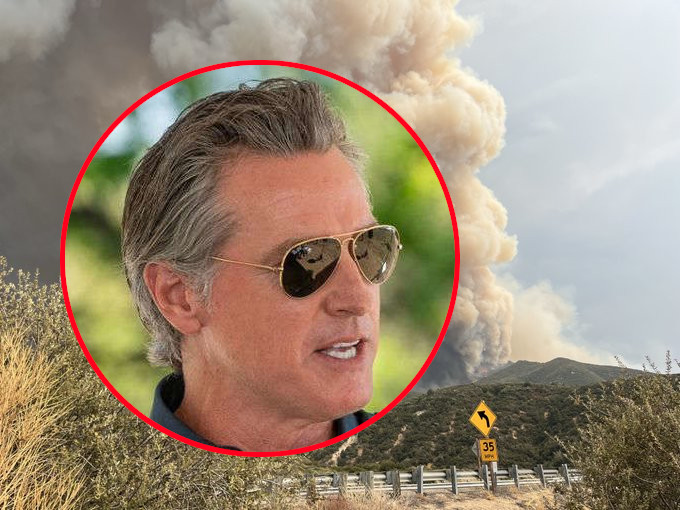
Governor Newsom’s recent state of emergency declaration for the Line Fire highlights this dynamic. While federal assistance is essential to control fires of such magnitude, it also places a financial burden on states that are not directly affected by these natural disasters. For many taxpayers, this raises concerns about whether it is fair to continually ask other states to foot the bill for California’s fire management needs.

Federal assistance has become a necessary lifeline for states like California, where climate change is wreaking havoc. However, the current system, which relies on a nationwide pool of funds, may not be sustainable in the long run. As climate disasters grow more frequent, the demand for federal aid is increasing across the country, potentially stretching resources thin.
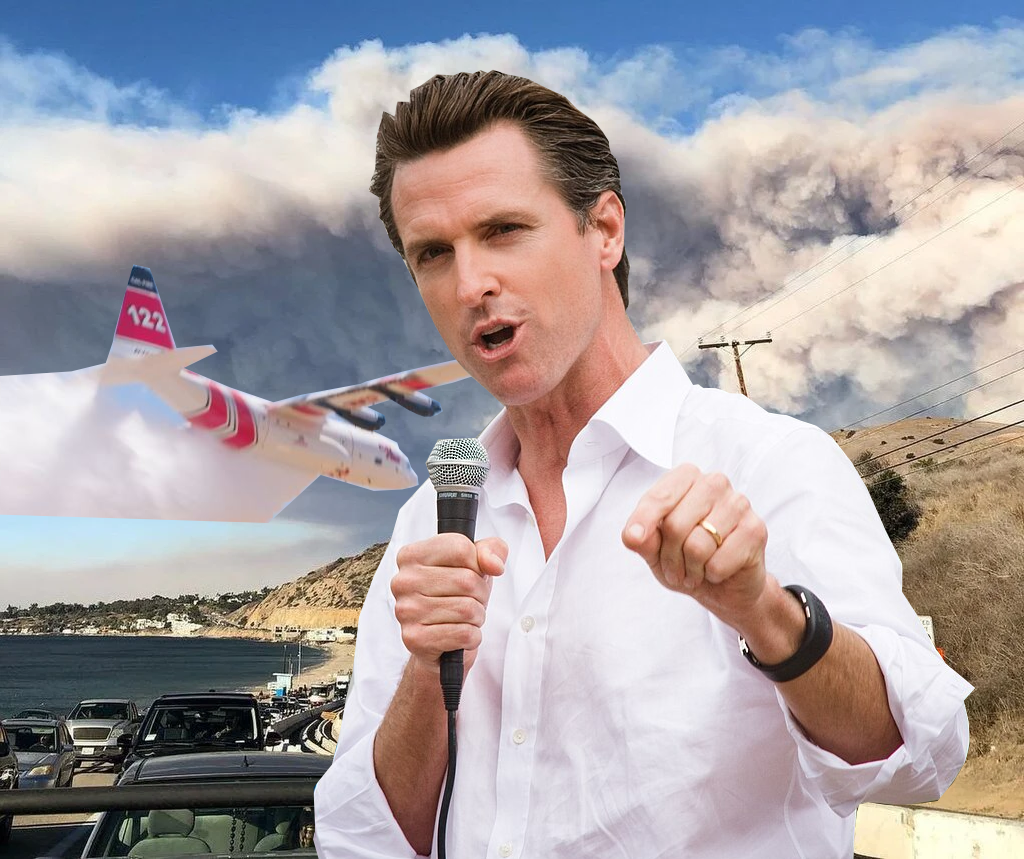
Governor Newsom has made significant investments in firefighting resources, including expanding the state’s fleet of aircraft to battle wildfires. Yet, even with these proactive measures, the state’s reliance on federal disaster relief remains high. Wildfires fueled by climate change are often so large and fast-moving that even the best-prepared states need external support to manage them.

The financial strain placed on federal resources also highlights a growing divide between states that are regularly impacted by climate disasters and those that are not. Some argue that states like California, which have a higher risk of wildfires, should bear more responsibility for funding their own recovery efforts rather than relying so heavily on federal aid.
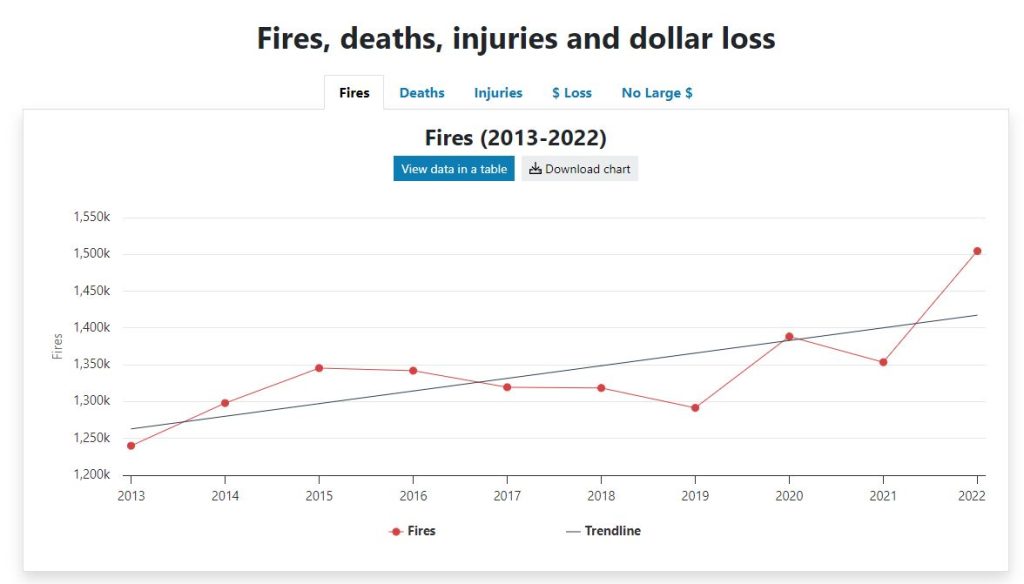
Ultimately, while Governor Newsom’s state of emergency declarations are necessary to protect lives and property, they also expose a national dilemma. As climate change continues to escalate natural disasters, states like California will increasingly rely on the collective resources of the nation to recover. This dynamic raises critical questions about fairness and the long-term sustainability of disaster relief funding.




